Welcome on the website of the EAA Urban Archaeology Community!
- - - - NEWS - - - -
06.01.2025
EAA Urban Archaeology Community Newsletter (1/2025)
Hi all,
First of all, best wishes for 2025! I hope it may be a beautiful, healthy and archaeology-rich year for you!
In the first newsletter of 2025, some announcements:
EAA 2025
Our community’s session on Urban waste management has been accepted and it is now possible to submit proposals. The deadline for this is 6 February.
The session is called: ‘Pecunia non olet? - archaeologies of urban waste managementBy its very nature urban archaeology deals with detritus, but the actual management of waste in towns and cities is often overlooked. Any densely populated area will generate large amounts of waste every day. This not only includes human and animal excrement, and rubbish from everyday life, but also waste from the various industrial and artisan activities — from metalworking to pottery manufacture to the production of leather and textiles.
Of course one person’s waste is another person’s valuable resource. Metalworking slag is used for road-building; urine is used by fullers and tanners; cesspits are emptied into the rural hinterland to fertilise fields. Slaughtered animals provide food and skin, but also bone to make tools, buttons and other artefacts. Almost all waste eventually served a purpose.
In this session we want to look at the archaeological evidence for urban waste management in the past — and to think about some of the lessons we might learn for the ‘circular economies’ of our cities in the future. We invite contributions on any aspect of waste and rubbish in urban contexts. Topics might include:
- Recovery, sorting and re-use of waste — what, how, where and who?
- The role of waste management in the control of hygiene and disease
- Evidence for the regulation of waste processes by municipal authorities — and evidence of transgression and misbehaviour (such as illegal pollution and dumping)
- Attempts at pollution control and urban zoning (brewers upstream, tanners downstream)
- Paleobotanical and paleobiological markers for sanitation — and the lack of it
- What can the archaeological distribution of waste can tell us about urban life?
We encourage you to submit papers about rubbish — but not rubbish papers!
The reactions we have received, including on LinkedIn, are very positive! We hope you will contribute to this session and feel free to spread the announcement!
You can apply via: https://www.e-a-a.org/EAA2025/Programme/Sessions/EAA2025/Programme_tabs/Sessions.aspx?hkey=92a38a18-2bb0-4f61-aabe-8f3dc688fbd5 Our session number is #118.
Monthly meetings
These still take place every month. Feel free to join them. The next meeting is on Tuesday 4 February from 15.00-16.00 CET. If you have not received a Teams link, please send me a message and I will send you another one.
If you would like to contribute to these meetings by, for example, giving a presentation or presenting a case, you are of course always welcome to do so. Let me know and it will be on the agenda.
Synthesis working group
The first meeting of the synthesis working group is being prepared. More information will be announced in the coming months during the monthly meetings or via the newsletter.
Hope to see you soon!
All the best,
Jeroen Bouwmeester
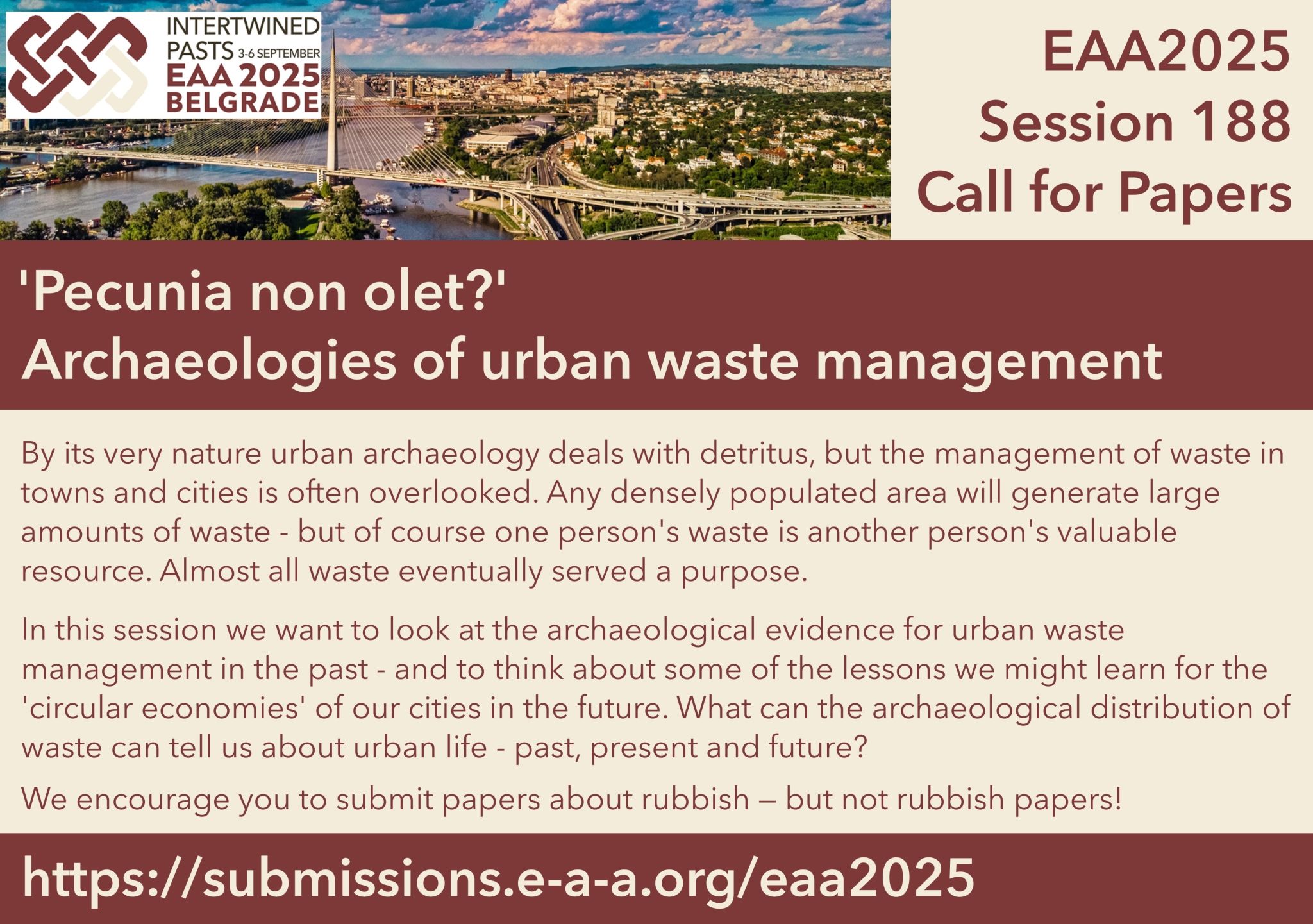
Admin - 16:40:41 | Add a comment
Categories
We are the EAA Community for Urban Archaeology. We exchange ideas, experiences, research, knowledge etc. all to improve archaeological research and heritage management in (highly dynamic) urban centres. We are part of the European Association of Archaeologists, but don’t represent the EAA as a whole.
Copyright EAA Urban Archaeology Community / J. Bouwmeester 2023
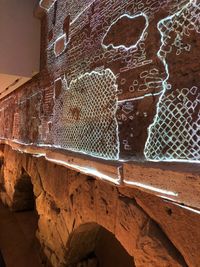
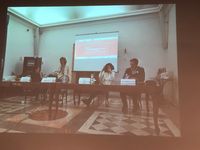
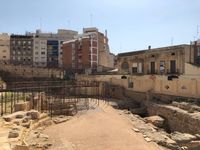
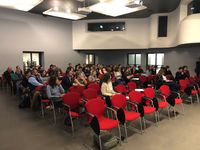
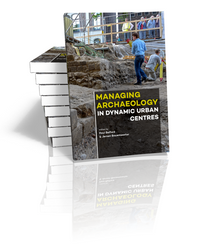
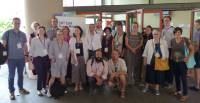
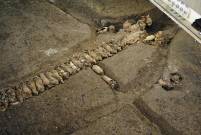
Add comment
Fill out the form below to add your own comments